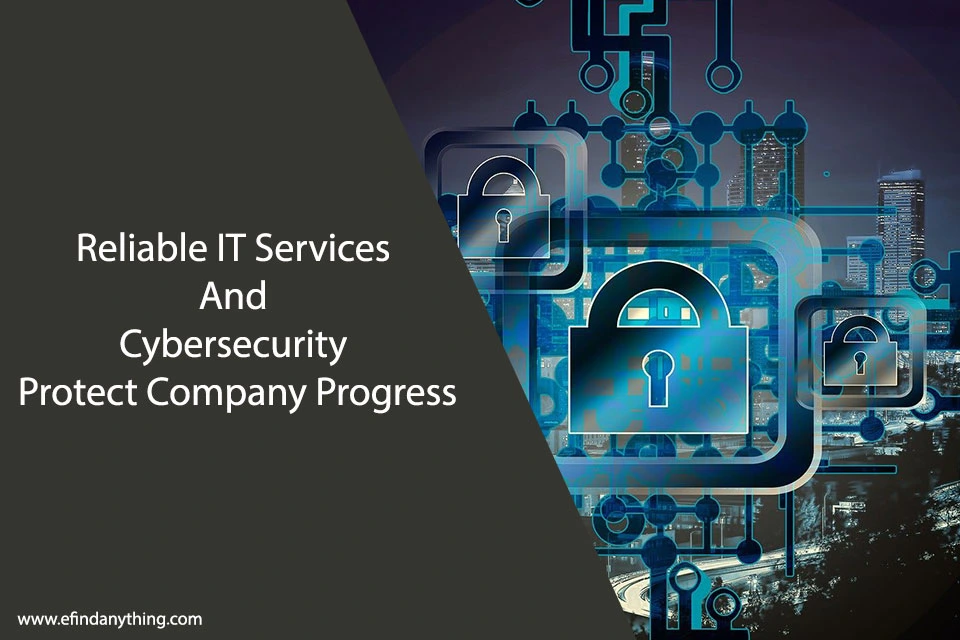
Organizations face critical decisions about technology infrastructure upgrades. Outdated systems often reveal themselves through declining productivity metrics, increased downtime, and persistent security vulnerabilities. Technical debt accumulates silently until compatibility issues with modern solutions emerge. Smart leaders recognize these warning signs early, conducting regular evaluations to assess when legacy technology costs outweigh benefits. The timing of a tech refresh impacts operational efficiency, market competitiveness, and overall business resilience. Yet many decision-makers struggle with determining the ideal moment to initiate this transformation.
Warning Signs Your Current Technology Is Holding You Back
How can organizations determine if their technology infrastructure has become a liability rather than an asset? Key indicators include declining productivity metrics, increasing system downtime, security vulnerabilities, and compatibility issues with modern solutions. Quantifiable performance degradation manifests in slower processing speeds, extended response times, and rising maintenance costs. When workflow inefficiencies prompt employees to create unauthorized workarounds, organizational risk increases. Furthermore, inability to integrate with current industry standards or leverage emerging technologies like AI and cloud services signals critical obsolescence. Competitive disadvantage becomes measurable when technology constraints impede market responsiveness and innovation capabilities.
Security Vulnerabilities and Compliance Concerns
While aging technology may still perform basic functions, outdated systems often harbor critical security vulnerabilities that expose organizations to significant risk. Manufacturers eventually cease releasing security patches for legacy systems, creating exploitable gaps that cybercriminals actively target.
Regulatory frameworks like GDPR, HIPAA, and PCI DSS require organizations to maintain current security standards. Non-compliance penalties can reach millions in fines, not counting reputation damage and lost business. A 2022 IBM study revealed data breaches cost organizations $4.35 million on average, with outdated systems contributing to 42% of incidents.
Tech refreshes should prioritize security architecture that supports ongoing compliance requirements and threat mitigation.
The True Cost of Maintaining Legacy Systems
Although initial purchase costs dominate technology budgeting discussions, organizations frequently underestimate the escalating financial burden of maintaining legacy systems.
Research shows maintenance costs typically increase 15-25% annually for systems beyond their ideal lifecycle. These expenses manifest through extended downtime, specialized support contracts, compatibility workarounds, and increased energy consumption. Legacy infrastructure also incurs significant opportunity costs—resources diverted from innovation and competitive advantage.
Analysis of mid-sized enterprises reveals that allocating 60-70% of IT budgets to maintenance represents a critical threshold where renewing technology becomes more economical than continued support, particularly when factoring productivity losses and security remediation expenses.
Evaluating Return on Investment for Tech Upgrades
When determining the financial justification for technology refreshes, organizations must apply thorough ROI frameworks that extend beyond simplistic cost comparisons. Effective evaluation requires quantifying both direct benefits (operational cost reductions, productivity gains) and indirect advantages (improved customer experience, reduced security risks).
Decision-makers should establish clear metrics tracking pre-implementation baselines against post-implementation outcomes. Time-to-value calculations must account for implementation periods, training requirements, and adoption curves. Organizations typically realize peak ROI when upgrading at technological inflection points rather than waiting for complete system obsolescence or reacting to emergencies.
The most successful tech refresh decisions balance immediate financial returns with strategic positioning for future business requirements.
Creating a Strategic Refresh Timeline and Roadmap
Rather than approaching technology refreshes as isolated events, organizations must develop thorough roadmaps that align upgrade cycles with business objectives and technological trajectories. These roadmaps should identify critical infrastructure components and categorize them by expected lifespan, performance requirements, and business impact.
A well-structured timeline typically staggers refreshes across 3-5 year cycles, preventing simultaneous obsolescence of multiple systems. Progressive organizations implement quarterly review checkpoints to assess emerging technologies against the established roadmap, adjusting as necessary. This approach enables controlled budget allocation while maintaining technological relevance.
The most effective refresh strategies incorporate feedback loops from performance metrics, creating data-driven decision frameworks that reduce reactive upgrades and optimize capital expenditures.
Best Practices for Implementing a Smooth Technology Transition
Moving from planning to execution demands methodical preparation and clear communication protocols. Organizations should first establish baseline performance metrics to measure post-implementation success. Conducting parallel testing environments minimizes disruption while validating compatibility across systems.
Comprehensive training programs for end-users should begin 3-4 weeks before deployment, supplemented with just-in-time learning resources. Documentation of legacy configurations guarantees fallback options remain viable if issues arise.
Phased implementations reduce organizational shock, with 76% of successful refreshes utilizing weekend or off-hours cutover windows. Post-implementation support teams should maintain heightened availability during the first 72 hours following shift.











